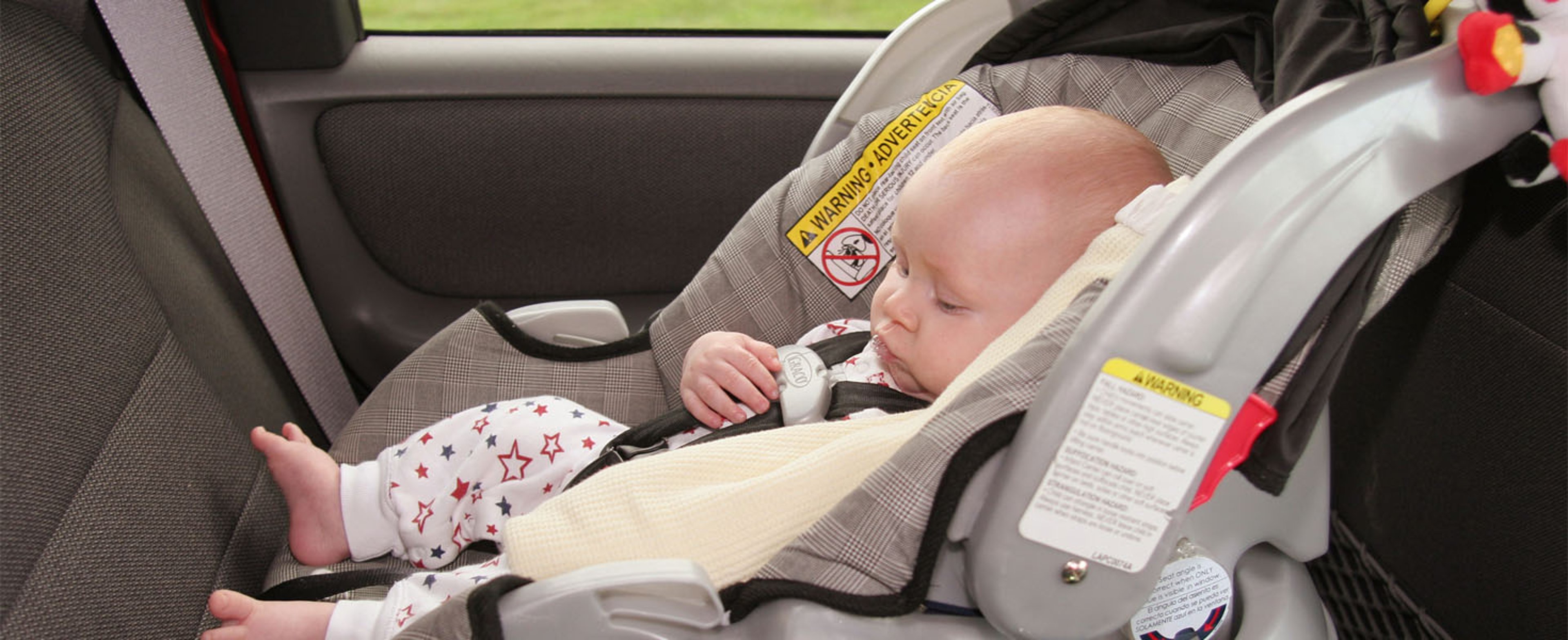Install it Correctly!
Buying the correct child safety seat won't protect your child if you don't install it properly.

Traffic Safety Programs & Materials
IN THE COMMUNITY
According to the National Highway Traffic Safety Administration, approximately 8 out of every 10 child safety seats are not used correctly. Many local seat check events report mis-use rates of more than 90 percent.
Read The Instructions
Read the child safety seat manufacturer's instructions and the vehicle owner's manual before you install the seat in your vehicle.
The child safety seat must be secured as tightly as possible with the vehicle's safety belt to ensure safe performance in a crash or sudden stop. The vehicle seat belt must be threaded properly through the frame of the child safety seat as the manufacturer specifies.
Special Equipment
Many vehicle manufacturers include specific instructions or require special equipment for installing child safety seats. The vehicle owner's manual will indicate if you will need "extras" such as a locking clip that secures the vehicle safety belt round the child safety seat or an accessory belt for fitting child seats in particular seating positions. A locking clip is a smooth metal device that easily slides onto the belt system and holds the overlapping belts together, thus locking or preventing movement. Instructions for using the locking clip can be found in the child safety seat instructions or in the vehicle owner's manual.
Modern continuous-loop shoulder/lap belts allow a person to move back and forth to reach or adjust the vehicle controls. This safety belt system is called an "emergency locking retractor." A child safety seat that is held only with this type of belt system will slip and move in the vehicle, defeating its protective features. A locking clip must be used to lock the belt and tightly secure the child safety seat. New model motor vehicles have "switchable retractor" systems. This system can manually be adjusted to an automatic locking retractor system for holding a child safety seat. Refer to the "safety restraint" section of your vehicle owner's manual for details.
There are other types of safety belt systems that require special installation procedures to hold safety seats. Always refer to the vehicle owner's manual when you install a child safety seat.
Latch SystemLATCH - Lower Anchors and Tethers for Children
This new system makes it easier to install child safety seats in vehicles.
The LATCH system does not require the use of the vehicle's safety belt to install. Instead, as of September 2002, all child safety seats are equipped with two lower tether attachments - see illustration - that attach to a set of bars located in or just above the crease of the rear vehicle seat. As of September 2002, every new vehicle manufactured now must come equipped with these bars.
The lower tethers are designed to work in conjunction with top tethers, which have been a requirement for new vehicles and safety seats since 1999. The top tether of the seat is designed to fit into a top anchor built into the top of the vehicle's rear seat.
Parents who purchased a seat prior to September 1999 should contact the seat manufacturer to see if a tether kit is available. Most vehicle manufacturers also offer retrofit kits for top anchors at little or no cost.